-
 Bitcoin
Bitcoin $99,594.2189
-3.59% -
 Ethereum
Ethereum $2,188.5793
-9.00% -
 Tether USDt
Tether USDt $1.0001
-0.02% -
 XRP
XRP $1.9745
-5.82% -
 BNB
BNB $608.9511
-3.73% -
 Solana
Solana $130.4575
-5.93% -
 USDC
USDC $1.0000
0.01% -
 TRON
TRON $0.2637
-3.59% -
 Dogecoin
Dogecoin $0.1493
-5.97% -
 Cardano
Cardano $0.5322
-6.72% -
 Hyperliquid
Hyperliquid $33.9044
3.33% -
 Bitcoin Cash
Bitcoin Cash $449.6411
-5.46% -
 UNUS SED LEO
UNUS SED LEO $8.9629
0.43% -
 Sui
Sui $2.3943
-8.35% -
 Chainlink
Chainlink $11.4402
-7.83% -
 Stellar
Stellar $0.2241
-6.49% -
 Avalanche
Avalanche $16.1489
-4.24% -
 Toncoin
Toncoin $2.7182
-5.94% -
 Shiba Inu
Shiba Inu $0.0...01040
-5.72% -
 Litecoin
Litecoin $78.7882
-4.07% -
 Ethena USDe
Ethena USDe $1.0004
-0.01% -
 Hedera
Hedera $0.1305
-7.45% -
 Monero
Monero $297.0030
-5.32% -
 Dai
Dai $0.9997
-0.02% -
 Polkadot
Polkadot $3.1834
-6.03% -
 Bitget Token
Bitget Token $3.9788
-7.03% -
 Uniswap
Uniswap $6.1327
-10.62% -
 Pepe
Pepe $0.0...08689
-8.30% -
 Pi
Pi $0.4826
-9.65% -
 Aave
Aave $219.8043
-9.69%
K line breaks through the upper Bollinger rail but quickly falls back?
A K line breaking the upper Bollinger Band signals strength, but a quick pullback may indicate overbought conditions or weak momentum.
Jun 22, 2025 at 11:14 pm
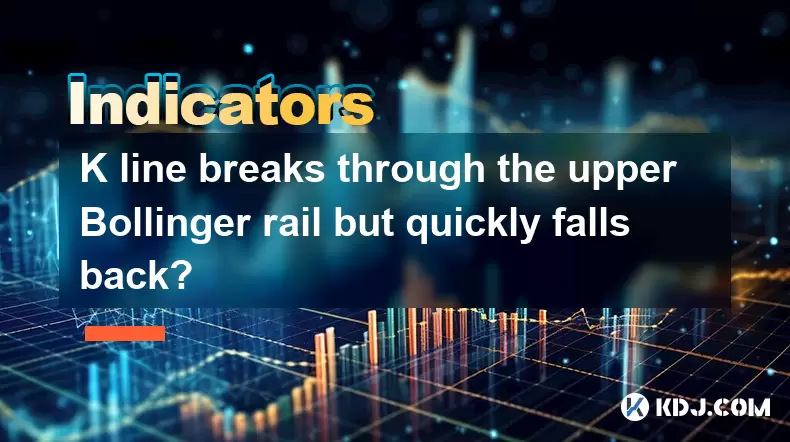
What Does It Mean When the K Line Breaks Through the Upper Bollinger Rail?
When the K line breaks through the upper Bollinger rail, it typically signals that the asset is experiencing a strong upward movement. The Bollinger Bands consist of a middle moving average (usually 20 periods) and two outer bands that represent standard deviations above and below the average. A breakout above the upper band may suggest overbought conditions or a potential continuation of an uptrend.
However, this situation becomes more complex when the price quickly falls back within the bands after breaking out. This kind of behavior can confuse traders who rely heavily on technical indicators to make decisions.
Important: The key takeaway here is that while a break above the upper Bollinger Band often indicates strength, a quick pullback suggests weakness in the rally or rejection at resistance levels.
Why Does the Price Fall Back After Breaking the Upper Bollinger Band?
There are several possible explanations for this phenomenon:
Overbought Conditions Trigger Profit-Taking: When prices move sharply upwards and touch or exceed the upper Bollinger Band, traders may interpret this as overbought territory. As a result, they might take profits or initiate short positions, causing the price to retreat.
Lack of Buying Momentum: Even though the price broke through the upper rail, if there’s no sustained buying pressure behind the move, the market tends to revert to the mean quickly.
False Breakouts Due to Volatility Spikes: In highly volatile markets like cryptocurrency, sudden spikes can cause temporary breakouts that lack real conviction. These types of moves often get rejected by the market shortly afterward.
Resistance Levels Coinciding with Bollinger Band: Sometimes, the upper Bollinger Band aligns with a significant resistance level. When the price reaches this zone, selling pressure increases, pushing the price back down.
Important: Traders should look for confluence between Bollinger Bands and other resistance or trendline levels to validate such moves.
How Can You Confirm If the Breakout Is Genuine or Fake?
To distinguish between a genuine breakout and a false one, consider the following techniques:
Volume Analysis: A valid breakout usually comes with a spike in volume. If the price breaks the upper Bollinger Band but volume remains low or declines, it could be a sign of weakness.
Price Action Confirmation: Look for strong candlestick patterns like bullish engulfing or hammer candles near the upper band. Conversely, rejection candles like shooting stars or bearish engulfing patterns after the breakout can signal a reversal.
Use of Additional Indicators: Combine Bollinger Bands with momentum indicators like RSI or MACD. If RSI shows divergence (price rising but RSI falling), it may indicate a false breakout.
Multiple Timeframe Analysis: Check higher timeframes (like 1-hour or 4-hour charts) to see if the breakout aligns with broader trends or if it's just noise on lower timeframes.
Important: Never trade a single indicator in isolation. Always seek confirmation from multiple sources before making a decision.
Trading Strategies When K Line Breaks Upper Bollinger Band Then Falls Back
Here are some actionable strategies traders can use when facing this scenario:
Fade the Move: This involves taking a counter-trend position. Once the price breaks the upper Bollinger Band and starts to fall back, traders can look to enter a short position after confirming signs of reversal.
Wait for Retest: Instead of entering immediately upon the breakout or pullback, wait for the price to retest the upper Bollinger Band as a support-turned-resistance level. A rejection candle here can offer a high-probability entry point.
Range Trading Strategy: If the price repeatedly touches the upper and lower bands without strong trends, traders can adopt a mean-reversion strategy, selling near the upper band and buying near the lower band.
Avoid the Trade Altogether: In cases where the price action appears chaotic or lacks clear direction, it might be better to sit out and wait for clearer signals.
Important: Risk management is crucial. Always set stop-loss orders and avoid over-leveraging your trades.
Common Mistakes Traders Make in This Scenario
Traders often fall into predictable traps when dealing with these kinds of price actions:
Chasing the Breakout: Entering long positions after the price has already broken the upper Bollinger Band can lead to getting caught in a quick reversal.
Ignoring Volume and Context: Failing to assess whether the breakout was supported by strong volume or occurred during a major news event can result in poor entries.
Overtrading on False Signals: Trying to catch every small move can lead to losses. Not all breakouts are tradable.
Neglecting Broader Market Conditions: Cryptocurrency markets are highly correlated. Ignoring the overall market sentiment or Bitcoin’s movement can lead to wrong assumptions about individual assets.
- Don’t assume every breakout is a buy signal
- Don’t ignore candlestick patterns near the upper rail
- Don’t trade without a defined risk-reward ratio
Important: Discipline and patience are essential when trading Bollinger Band breakouts followed by retracements.
Frequently Asked Questions
Q: Should I always expect a pullback after touching the upper Bollinger Band?
No, not necessarily. In strong uptrends, prices can ride along the upper Bollinger Band for extended periods without immediate pullbacks. However, repeated touches without new highs may signal weakening momentum.
Q: What timeframes work best for analyzing Bollinger Band breakouts?
The 15-minute and 1-hour timeframes are commonly used by day traders. Swing traders often rely on the 4-hour and daily charts for more reliable signals.
Q: Can I use Bollinger Bands alone to make trading decisions?
While Bollinger Bands are useful, relying solely on them can be risky. Combining them with volume, candlestick patterns, and other indicators enhances accuracy.
Q: How do I adjust Bollinger Bands for different cryptocurrencies?
Most platforms allow customization of the period (default 20) and standard deviation (default 2). More volatile assets may require wider bands (e.g., SD=2.5), while less volatile ones may use tighter settings.
Disclaimer:info@kdj.com
The information provided is not trading advice. kdj.com does not assume any responsibility for any investments made based on the information provided in this article. Cryptocurrencies are highly volatile and it is highly recommended that you invest with caution after thorough research!
If you believe that the content used on this website infringes your copyright, please contact us immediately (info@kdj.com) and we will delete it promptly.
- Altcoins Under Pressure: Cardano and XRP Face Critical Tests
- 2025-06-23 12:25:12
- Rare Coin Fever in Wiltshire: Auctions, Errors, and Olympic Gold!
- 2025-06-23 12:25:12
- XRP Price Under Pressure: War Fears and Market Sentiment
- 2025-06-23 12:30:12
- HAI Token Private Key Leak: What Happened and How to Stay Safe
- 2025-06-23 12:45:12
- Texas Goes All In: Bitcoin Reserve Signals Big State Embrace
- 2025-06-23 12:45:12
- Pi Network's Price Plunge: Crash, Scammer Accusations, and What's Next?
- 2025-06-23 13:05:12
Related knowledge
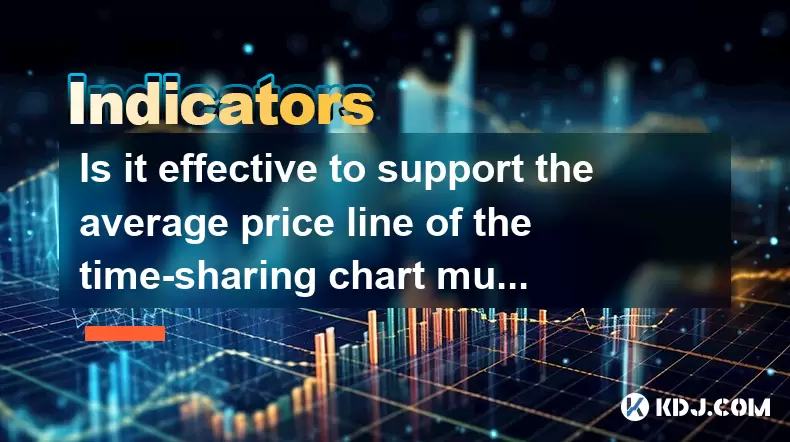
Is it effective to support the average price line of the time-sharing chart multiple times?
Jun 23,2025 at 01:36pm
Understanding the Average Price Line in Time-Sharing ChartsIn cryptocurrency trading, time-sharing charts refer to real-time price charts that display price movements over short intervals, often within a single trading day. Within these charts, the average price line, also known as the Volume Weighted Average Price (VWAP), is a commonly used technical i...
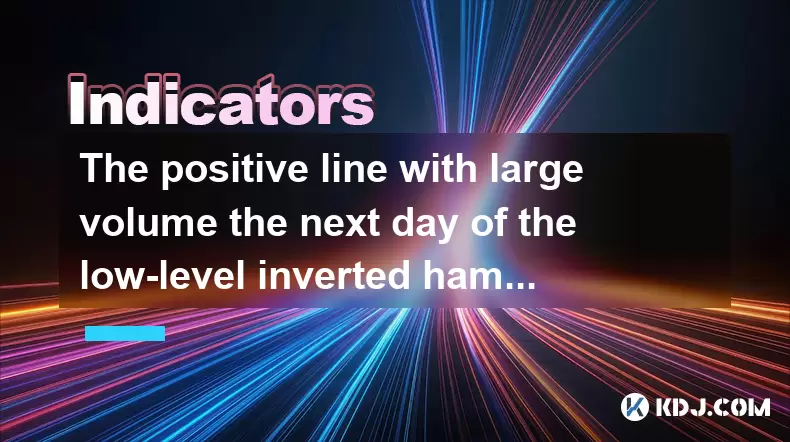
The positive line with large volume the next day of the low-level inverted hammer line confirms the reversal?
Jun 23,2025 at 01:21pm
Understanding the Low-Level Inverted Hammer LineThe inverted hammer line is a single candlestick pattern that typically appears at the end of a downtrend. It has a small real body near the bottom of the trading range and a long upper shadow, indicating that bulls attempted to push prices higher but were met with selling pressure. When this pattern forms...
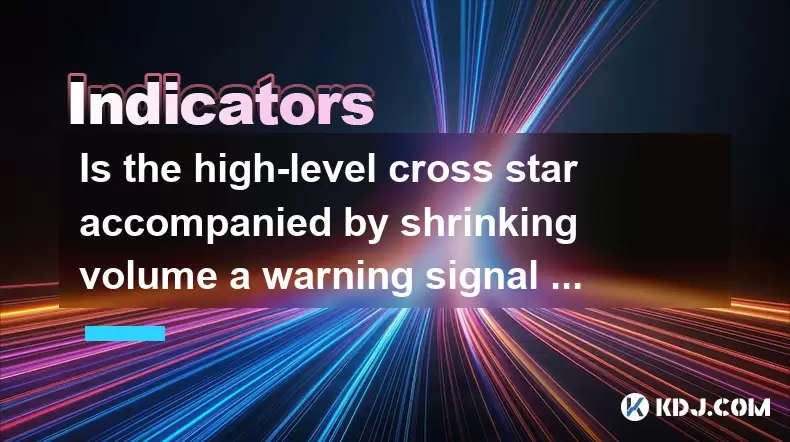
Is the high-level cross star accompanied by shrinking volume a warning signal of peaking?
Jun 23,2025 at 01:28pm
Understanding High-Level Cross Star PatternsIn the world of cryptocurrency trading, candlestick patterns are essential tools for technical analysis. One such pattern is the high-level cross star, which appears as a doji or near-doji candle at a significant resistance level. This pattern often indicates indecision in the market and can be interpreted as ...
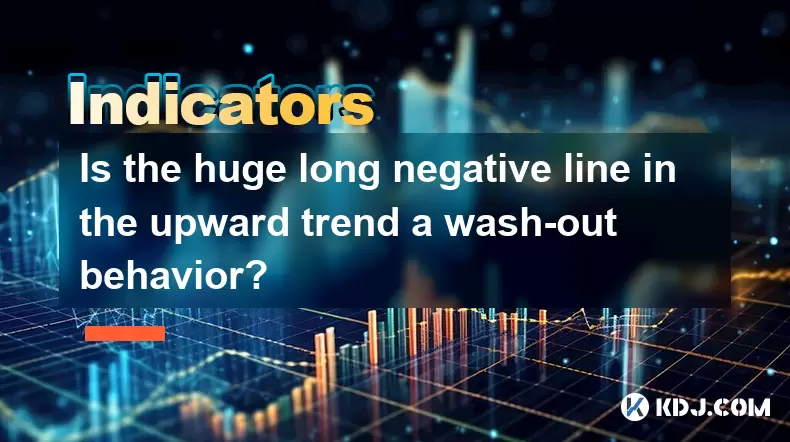
Is the huge long negative line in the upward trend a wash-out behavior?
Jun 23,2025 at 12:49pm
Understanding the Long Negative Candlestick in an Uprising TrendA long negative candlestick, often referred to as a long red or bearish candle, appearing during an upward trend can raise concerns among traders and investors. This pattern typically indicates a sudden and significant drop in price after a period of rising prices. It is often interpreted a...
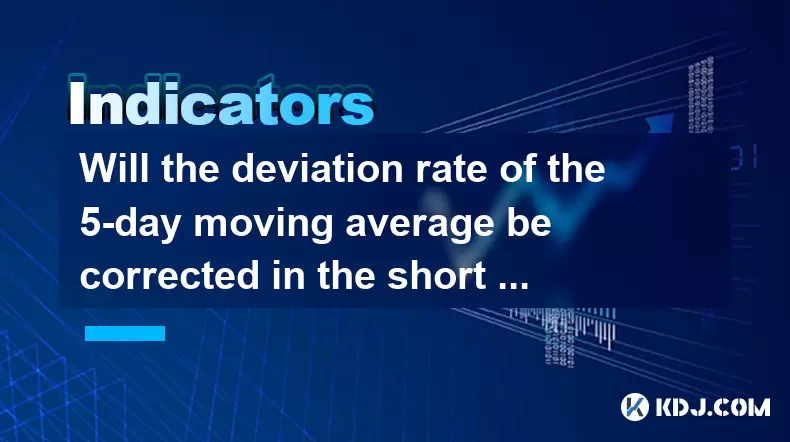
Will the deviation rate of the 5-day moving average be corrected in the short term if it is too large?
Jun 23,2025 at 02:07pm
Understanding the Deviation Rate of the 5-Day Moving AverageIn cryptocurrency trading, technical analysis plays a crucial role in evaluating price movements. One commonly used indicator is the 5-day moving average (MA), which calculates the average closing price over the past five days. The deviation rate refers to how far the current price or another m...

Can the EXPMA golden cross stand on the 5-day line at the same time?
Jun 23,2025 at 11:42am
Understanding the EXPMA Indicator in Cryptocurrency TradingThe Exponential Moving Average (EXPMA) is a popular technical analysis tool used by cryptocurrency traders to identify trends and potential reversal points. Unlike simple moving averages, the EXPMA gives more weight to recent price data, making it more responsive to current market conditions. In...

Is it effective to support the average price line of the time-sharing chart multiple times?
Jun 23,2025 at 01:36pm
Understanding the Average Price Line in Time-Sharing ChartsIn cryptocurrency trading, time-sharing charts refer to real-time price charts that display price movements over short intervals, often within a single trading day. Within these charts, the average price line, also known as the Volume Weighted Average Price (VWAP), is a commonly used technical i...

The positive line with large volume the next day of the low-level inverted hammer line confirms the reversal?
Jun 23,2025 at 01:21pm
Understanding the Low-Level Inverted Hammer LineThe inverted hammer line is a single candlestick pattern that typically appears at the end of a downtrend. It has a small real body near the bottom of the trading range and a long upper shadow, indicating that bulls attempted to push prices higher but were met with selling pressure. When this pattern forms...

Is the high-level cross star accompanied by shrinking volume a warning signal of peaking?
Jun 23,2025 at 01:28pm
Understanding High-Level Cross Star PatternsIn the world of cryptocurrency trading, candlestick patterns are essential tools for technical analysis. One such pattern is the high-level cross star, which appears as a doji or near-doji candle at a significant resistance level. This pattern often indicates indecision in the market and can be interpreted as ...

Is the huge long negative line in the upward trend a wash-out behavior?
Jun 23,2025 at 12:49pm
Understanding the Long Negative Candlestick in an Uprising TrendA long negative candlestick, often referred to as a long red or bearish candle, appearing during an upward trend can raise concerns among traders and investors. This pattern typically indicates a sudden and significant drop in price after a period of rising prices. It is often interpreted a...

Will the deviation rate of the 5-day moving average be corrected in the short term if it is too large?
Jun 23,2025 at 02:07pm
Understanding the Deviation Rate of the 5-Day Moving AverageIn cryptocurrency trading, technical analysis plays a crucial role in evaluating price movements. One commonly used indicator is the 5-day moving average (MA), which calculates the average closing price over the past five days. The deviation rate refers to how far the current price or another m...

Can the EXPMA golden cross stand on the 5-day line at the same time?
Jun 23,2025 at 11:42am
Understanding the EXPMA Indicator in Cryptocurrency TradingThe Exponential Moving Average (EXPMA) is a popular technical analysis tool used by cryptocurrency traders to identify trends and potential reversal points. Unlike simple moving averages, the EXPMA gives more weight to recent price data, making it more responsive to current market conditions. In...
See all articles

























































































